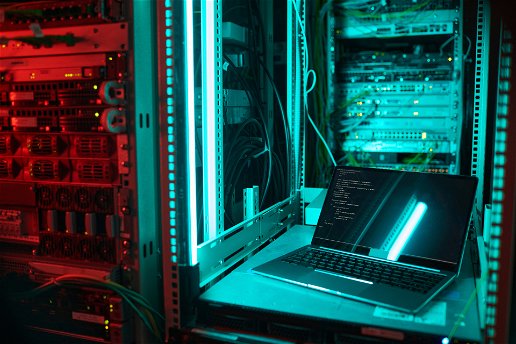"Search engines generally treat personal names as search terms like any others: Data is data."
Open AI represents an American AI research lab. It consists of OpenAI Inc. and OpenAI LP. What was the idea of creating such an AI? They say the purpose was to create a completely friendly AI we can use for various purposes. If you still haven't heard, Open AI systems are exactly the ones that run the most powerful supercomputers worldwide. It all started in San Francisco in 2015, when Elon Musk, Peter Thiel, Sam Altman, Reid Hoffman, and Jessica Livingston decided to create an outstanding project never seen in mankind.

When we take a look at the first beginnings of the OpenAI idea, we can conclude that it was non-profit oriented, for approximately 3 years. The deep learning movement has affected the development of OpenAI as well, bringing the idea of building real artificial intelligence, but in the safest manner.
It's no secret that this is a very strong group of people, with even stronger ideas. Today, OpenAI is mostly used in the sectors of research and technology. Everyone who's into the tech world has already heard of ChatGPT, which represents an AI-powered chatbot.
The US-based deployment companies are using countless important data from Enterprise Apps. And while ChatGPT was launched in November 2022, it seems like how this team of professionals won't stop there. The entire project of OpenAI is much bigger than just creating a powerful and intelligent chatbot.
We've already mentioned that OpenAI was non-profit oriented from its very beginning, in 2015, and until 2018. Yet, in 2019 the transition to profit started. Everything was made with the purpose of legally attracting investments that were coming from venture funds.
In 2020, OpenAI announced GPT-3, together with partnering up with Microsoft. We can expect that OpenAI will continue to develop in numerous ways. And while some scientists like Stephen Hawking earlier talked about being worried about AI's full development, Musk, and his team still claim that the main focus of developing such a powerful artificial intelligence-oriented program was followed by extreme safety measures, and cannot end up in a treat everyone's afraid of - human extinction, or better said unstoppable intelligence explosion.
Now that we have taken a look at the story behind OpenAI, and shared some general interesting information everyone would like to know about, let's take a look at the OpenAI products and applications that have been designed so far.
1. Gym. The gym is an OpenAI general-intelligence benchmark and can offer numerous AI environments and has image net visual recognition. Besides that, Gym is famous for supervised learning research. Now, we know that this OpenAI can be used with Python only. Gym Retro was launched in 2018 and is an RL research platform, a video game one.
2. Robo Sumo. Discover a virtual world created back in 2017, mostly recognized for the humanoid meta-learning robots. This robot has shown so far that it's capable to learn literally from zero, or better said it learned how to walk on its own. It's important because it can help in various situations where it is not safe to include humans and test different environments, such as in space.
3. OpenAI Five. Okay, now we will talk about video game bots and benchmarks for a bit. Particularly, OpenAI Five was used in the popular game Dota2. Learning how to play against real humans and win in such a competition can be achieved through trial-and-error algorithms. Debate Game was similar because it also teaches smart and intelligent machines how to debate various potential problems as humans would do.
4. Dactyl. Interestingly to many, this OpenAI project was created with the purpose to show how a human-like robot hand is capable of manipulating projects in the way we do. It's not hard to conclude how most of the OpenAI programs, apps, and even video games are related to training robots and pushing their boundaries.
5. API. Now we come to eh OpenAI's multi-purpose API we can use for various purposes. Developers are looking forward to its development and upgrade because it allows them to solve various English-language AI tasks.
Besides all being mentioned, OpenAI has generative models, including GPT, GPT-2, GPT-3, Codex, Whisper, and GPT-4, which are all updated with the purpose to accept various instructions, such as text or image inputs.
User interfaces of OpenAPI include MuseNet and Jukebox, which are capable of predicting different music notes. The microscope is another OpenAPI interface, with the power to analyze the neural network. Then we have DALL-E and CLIP, focused on images, as well as DALL-E-2.
The conclusion would be that we must adapt to the technology that is changing on a daily basis. We believe that this may be just the start of something much bigger and something even more powerful, yet we hope that Stephen Hawking wasn't right about being worried about AI and its development.